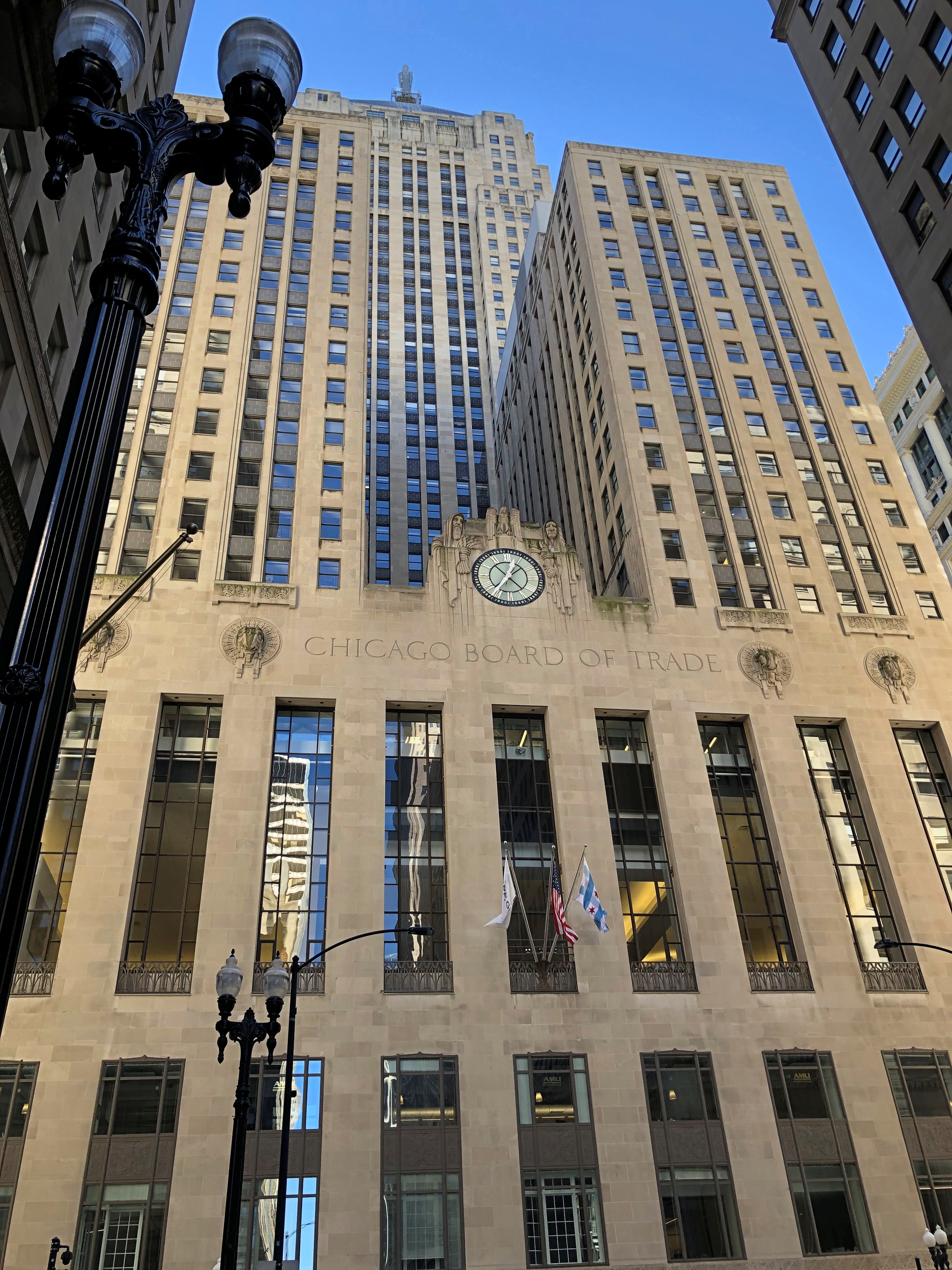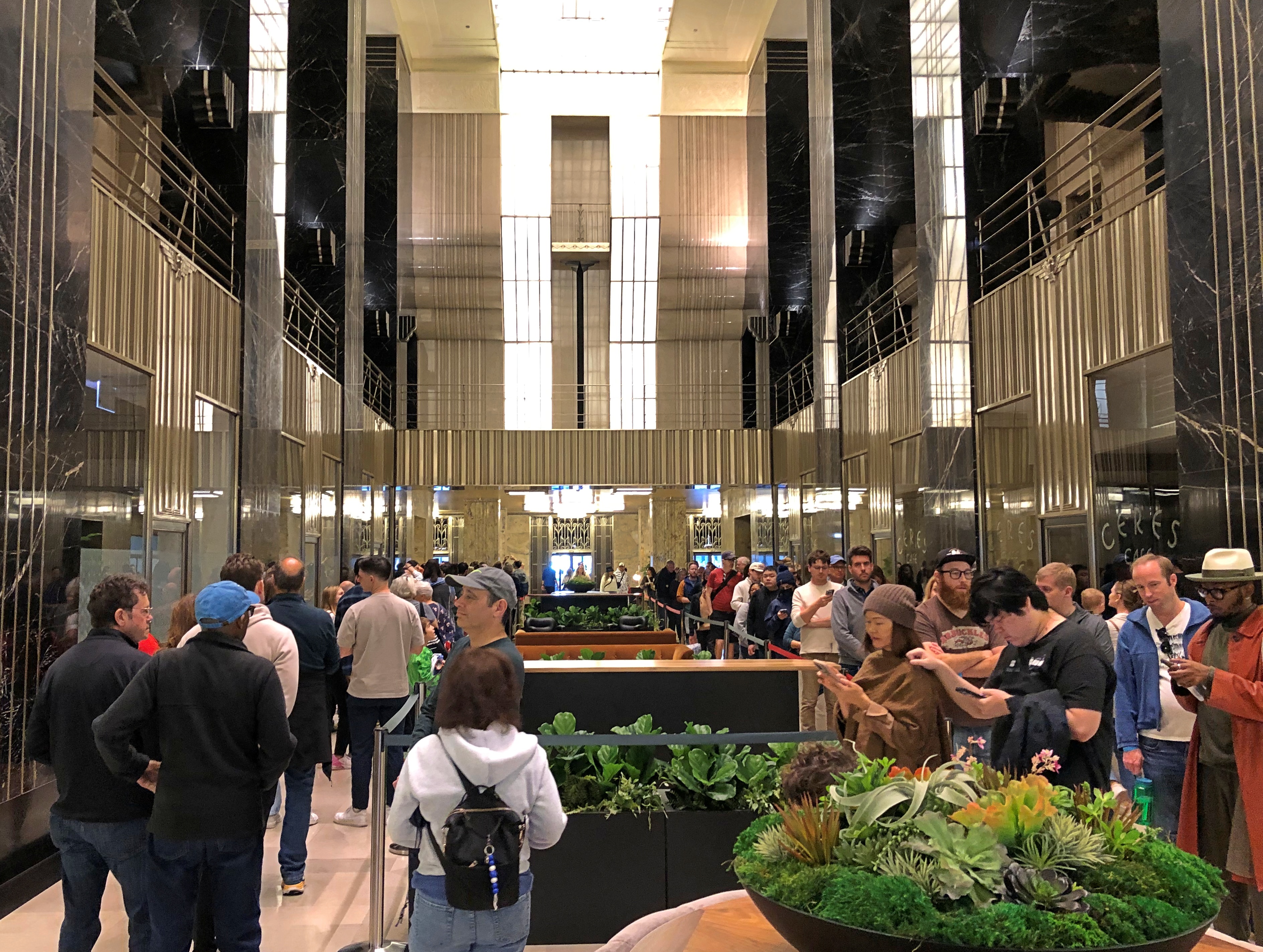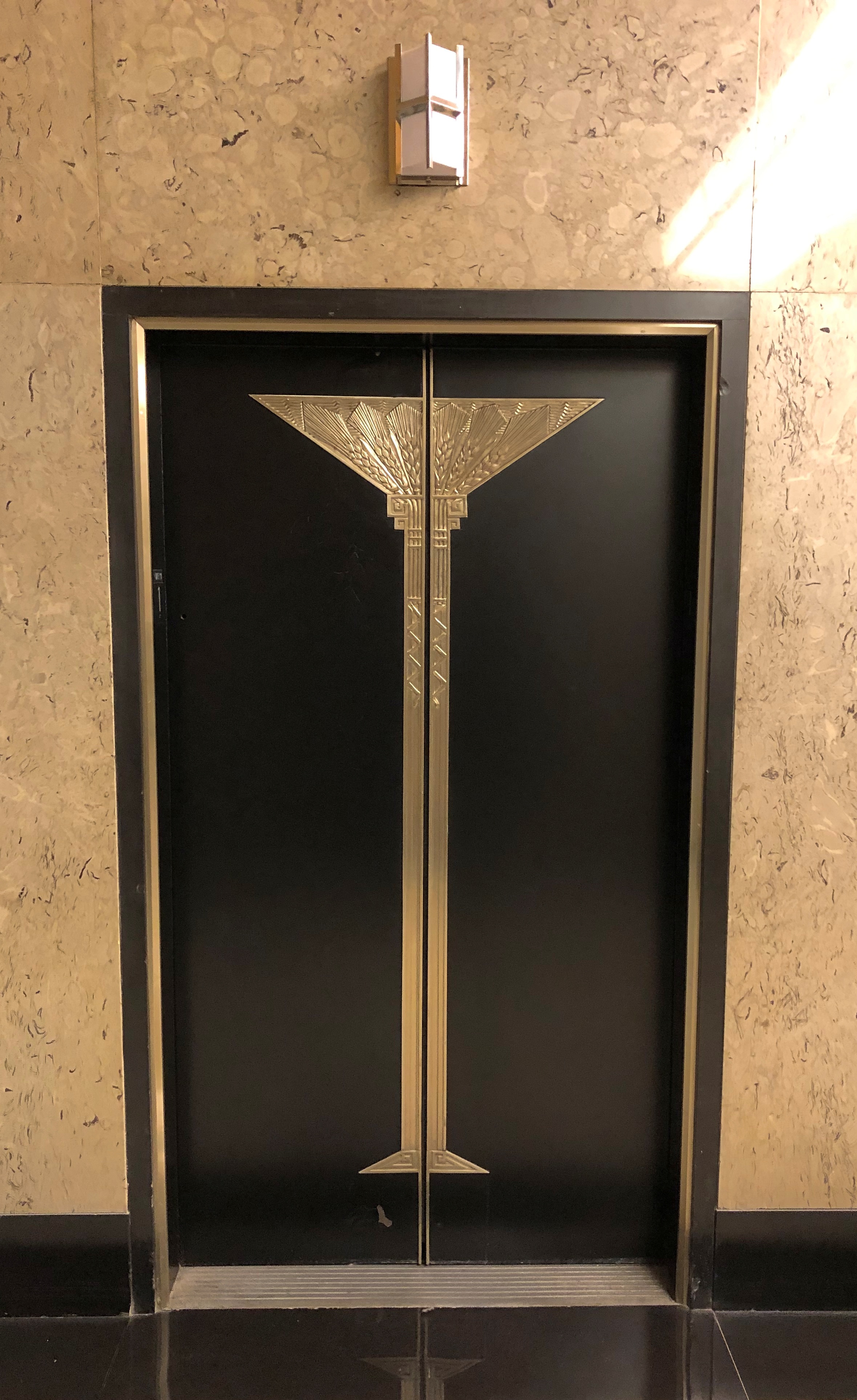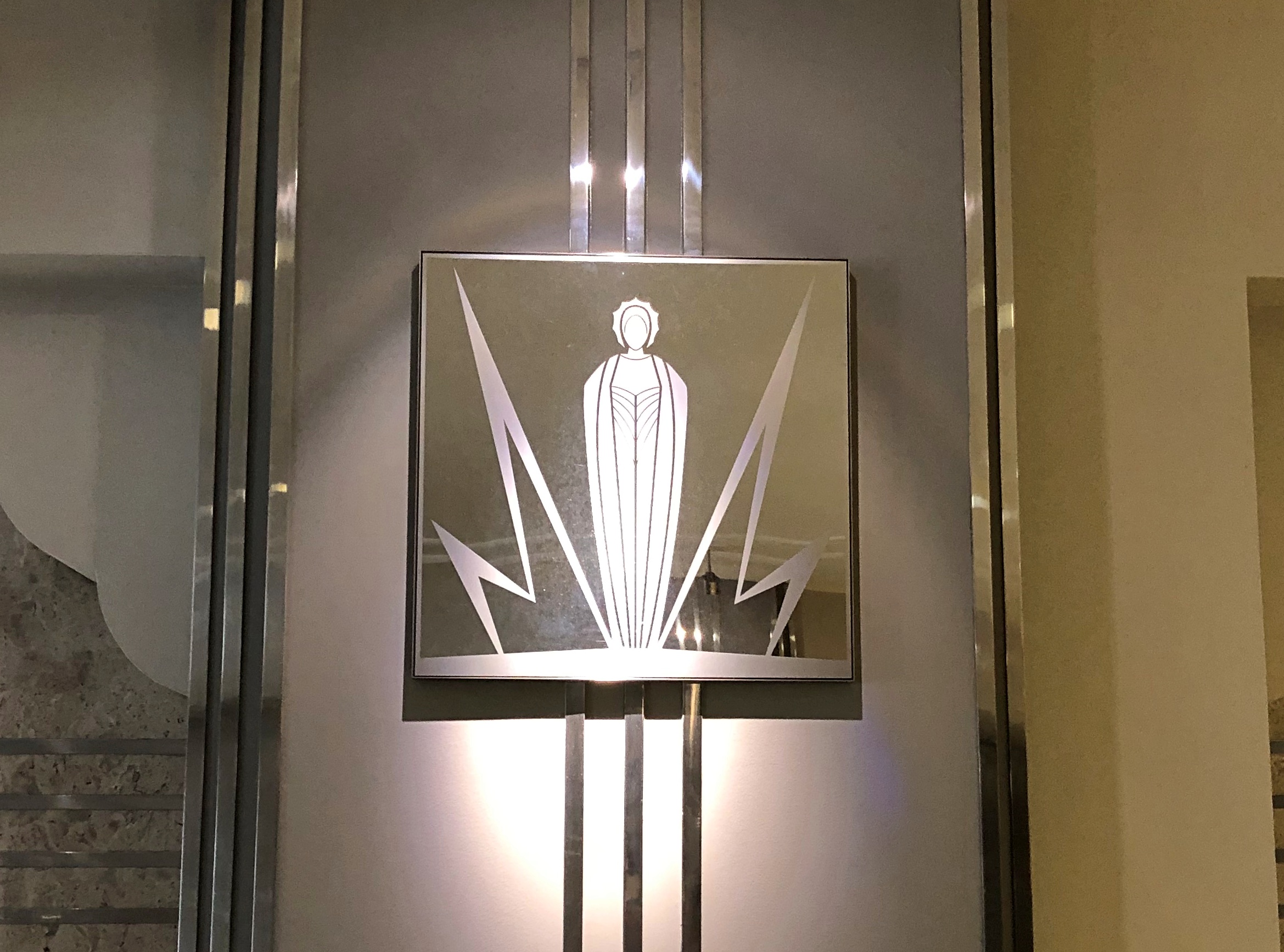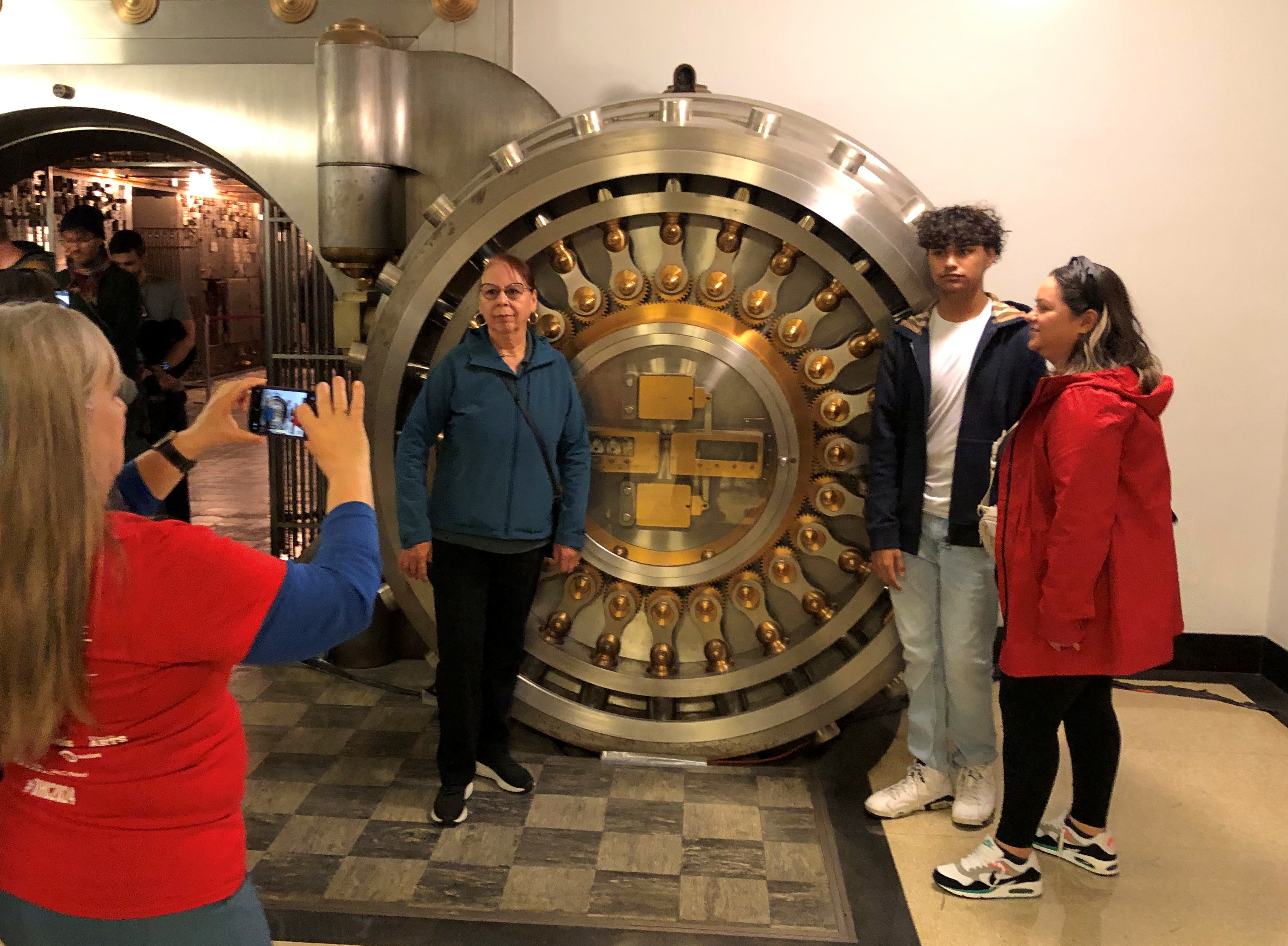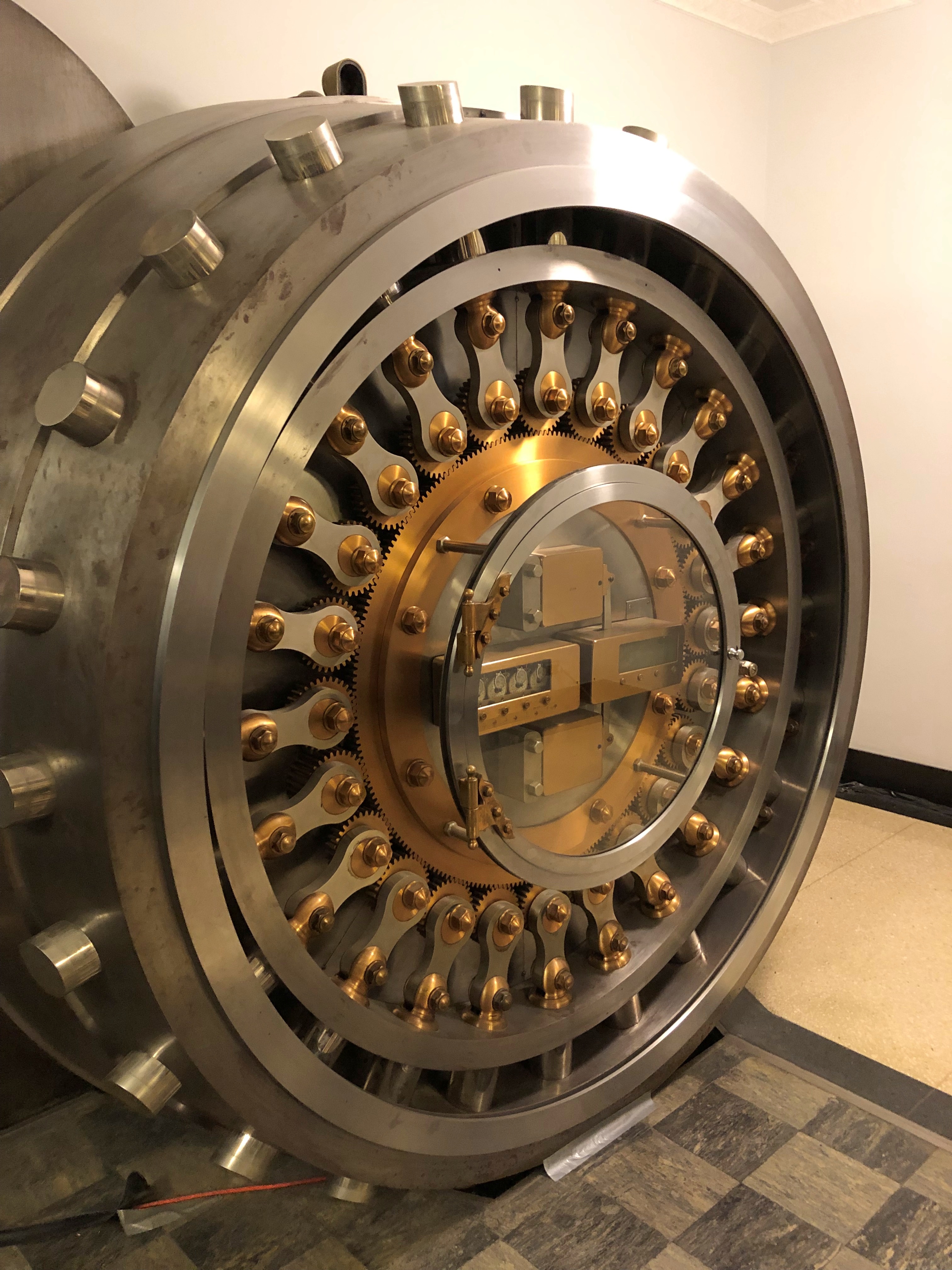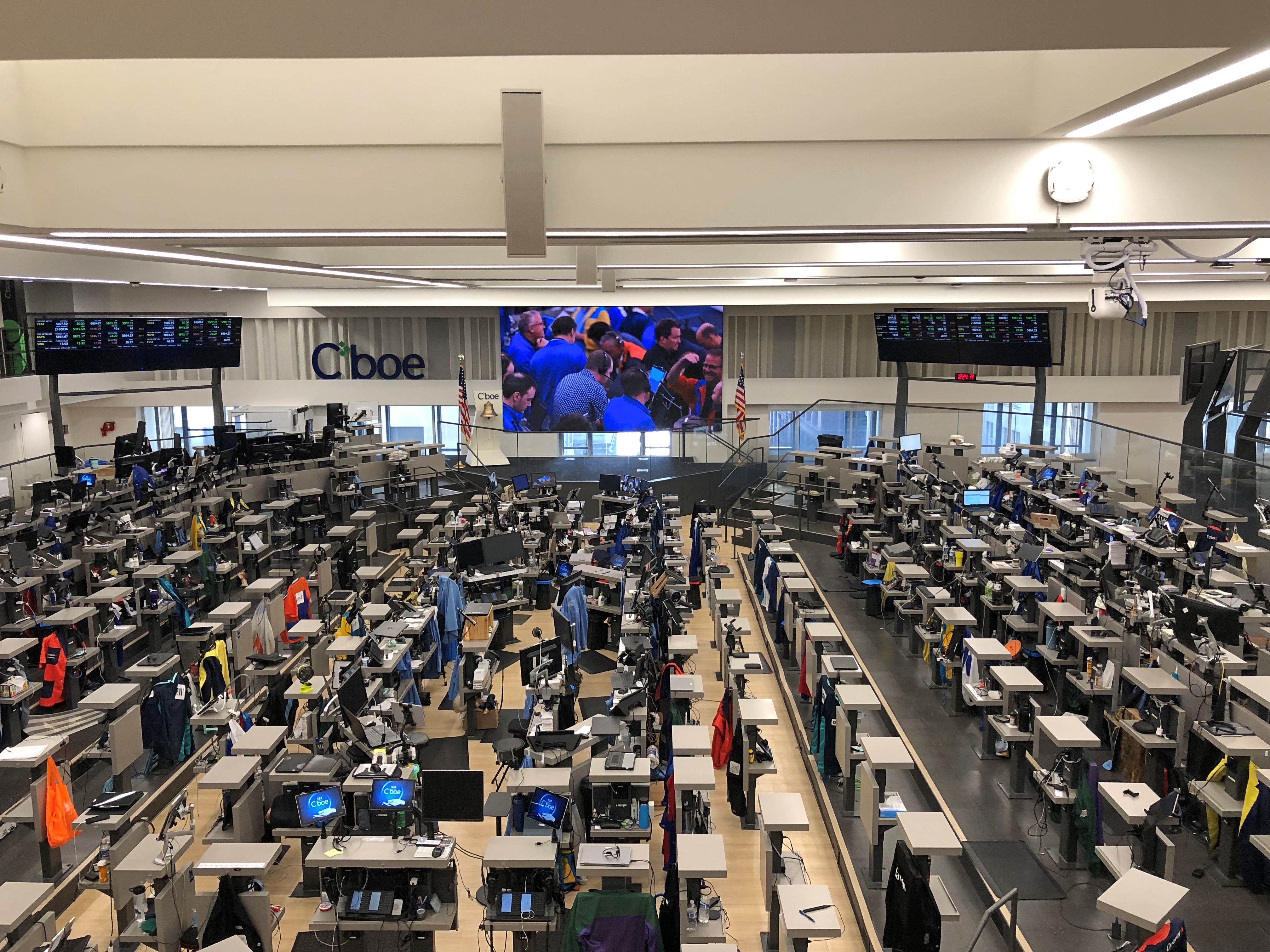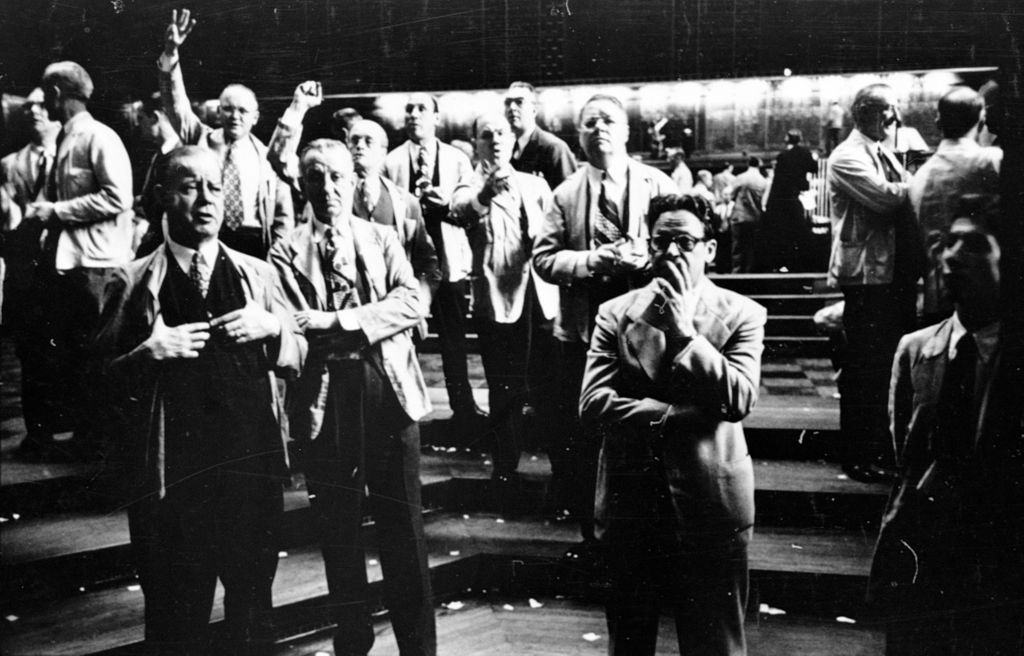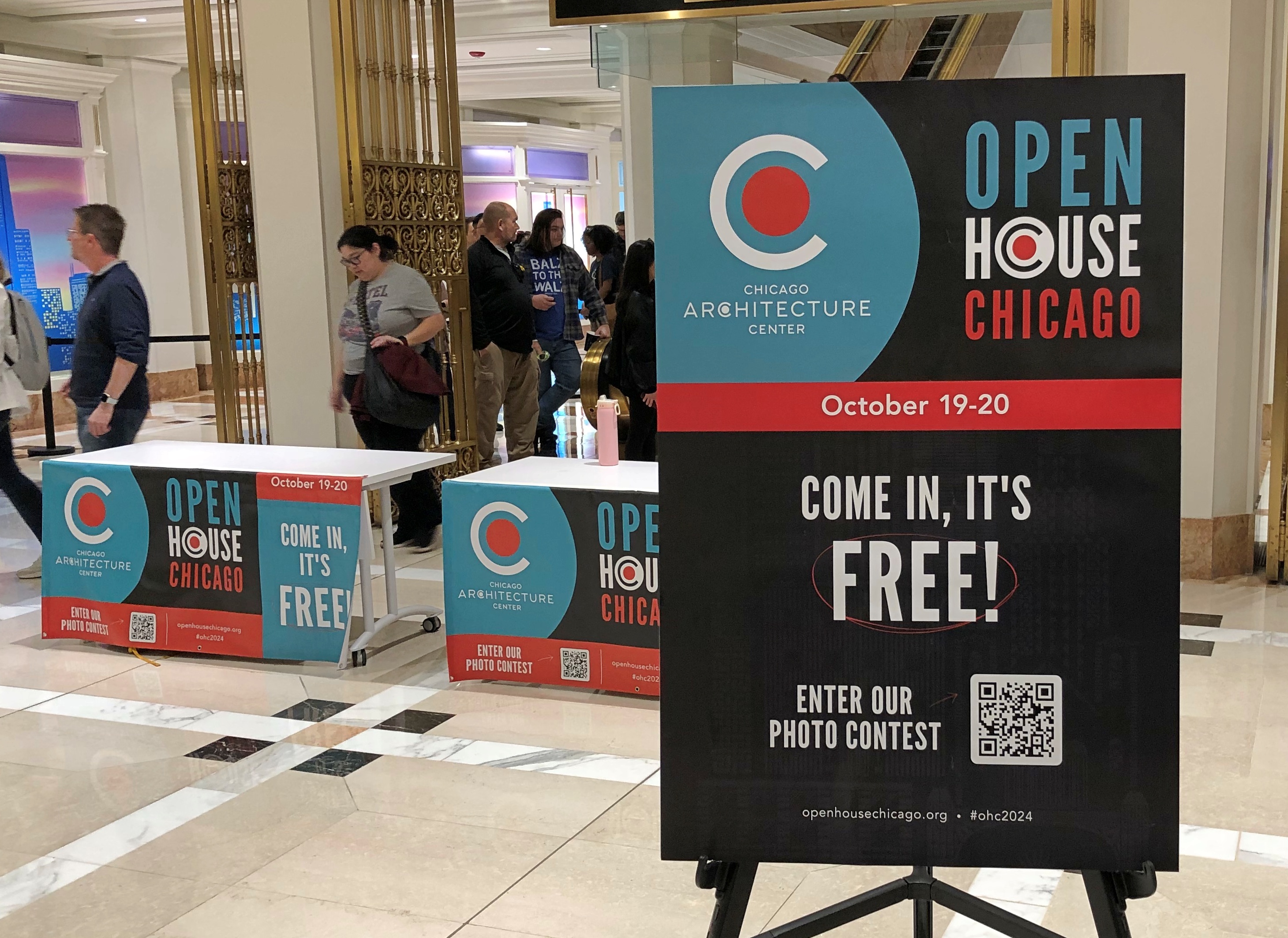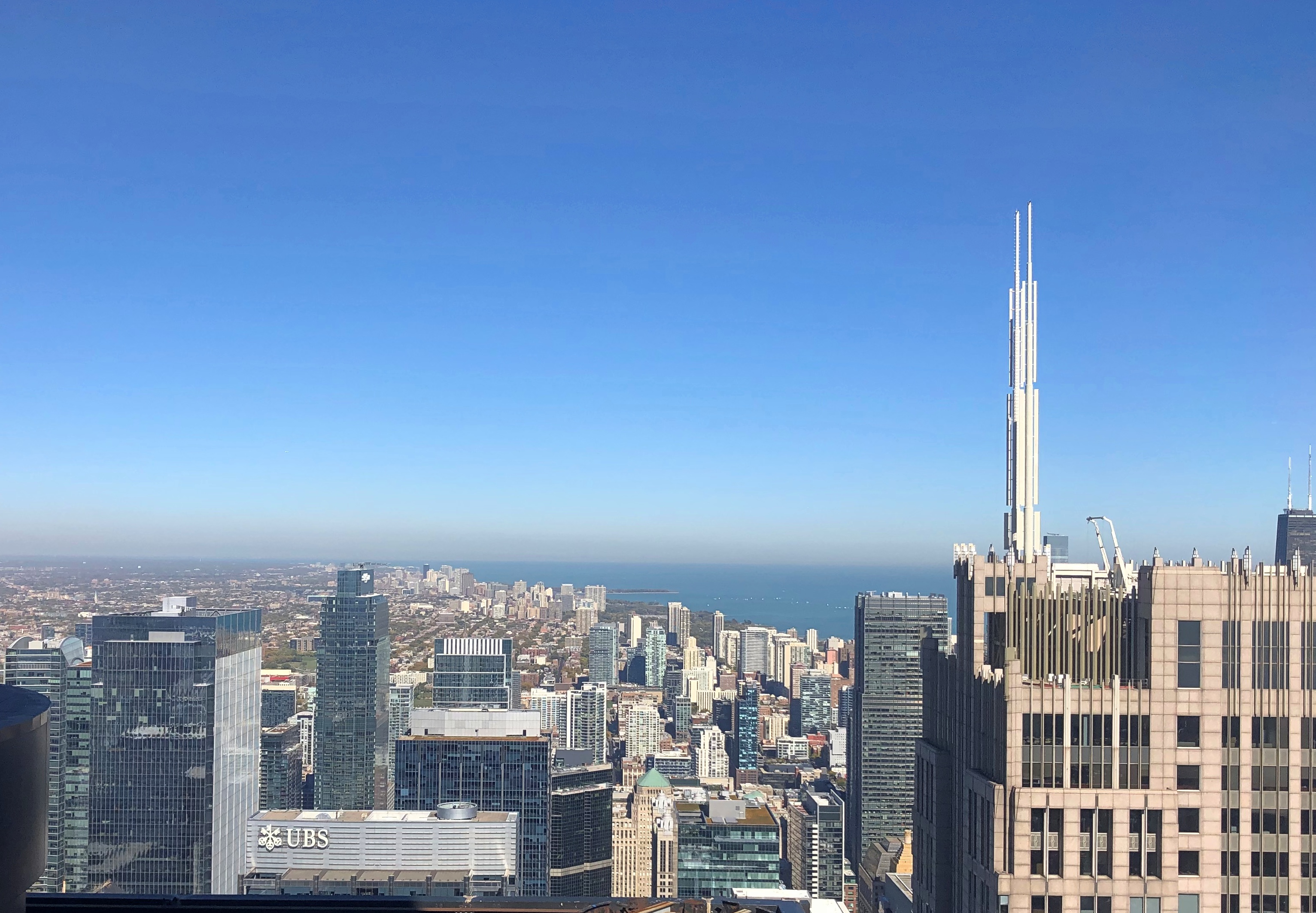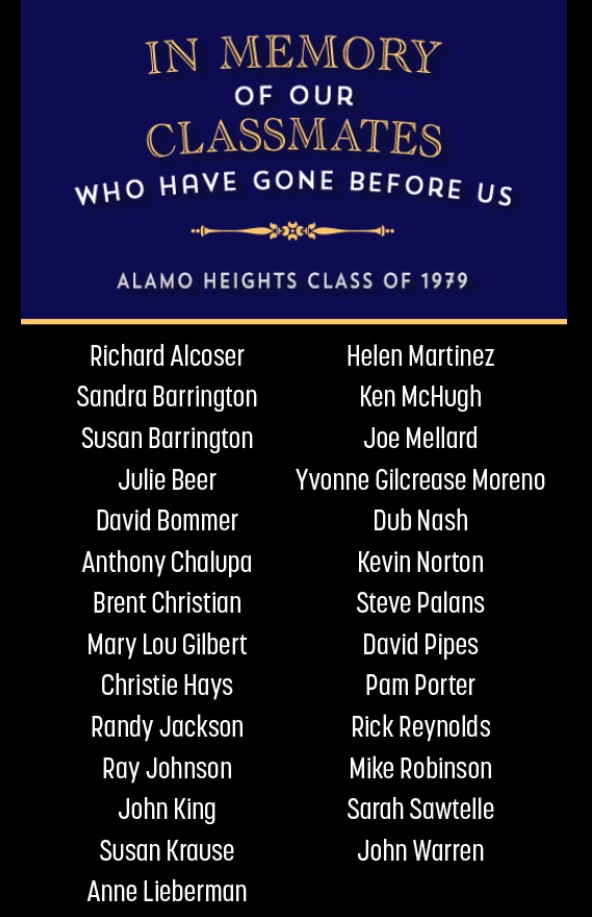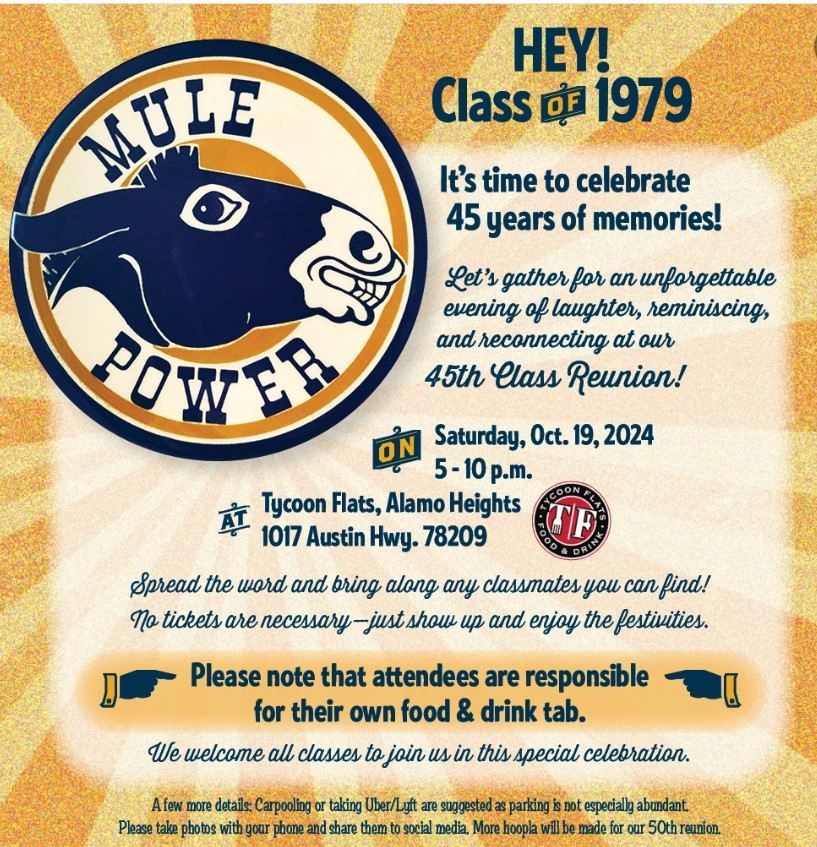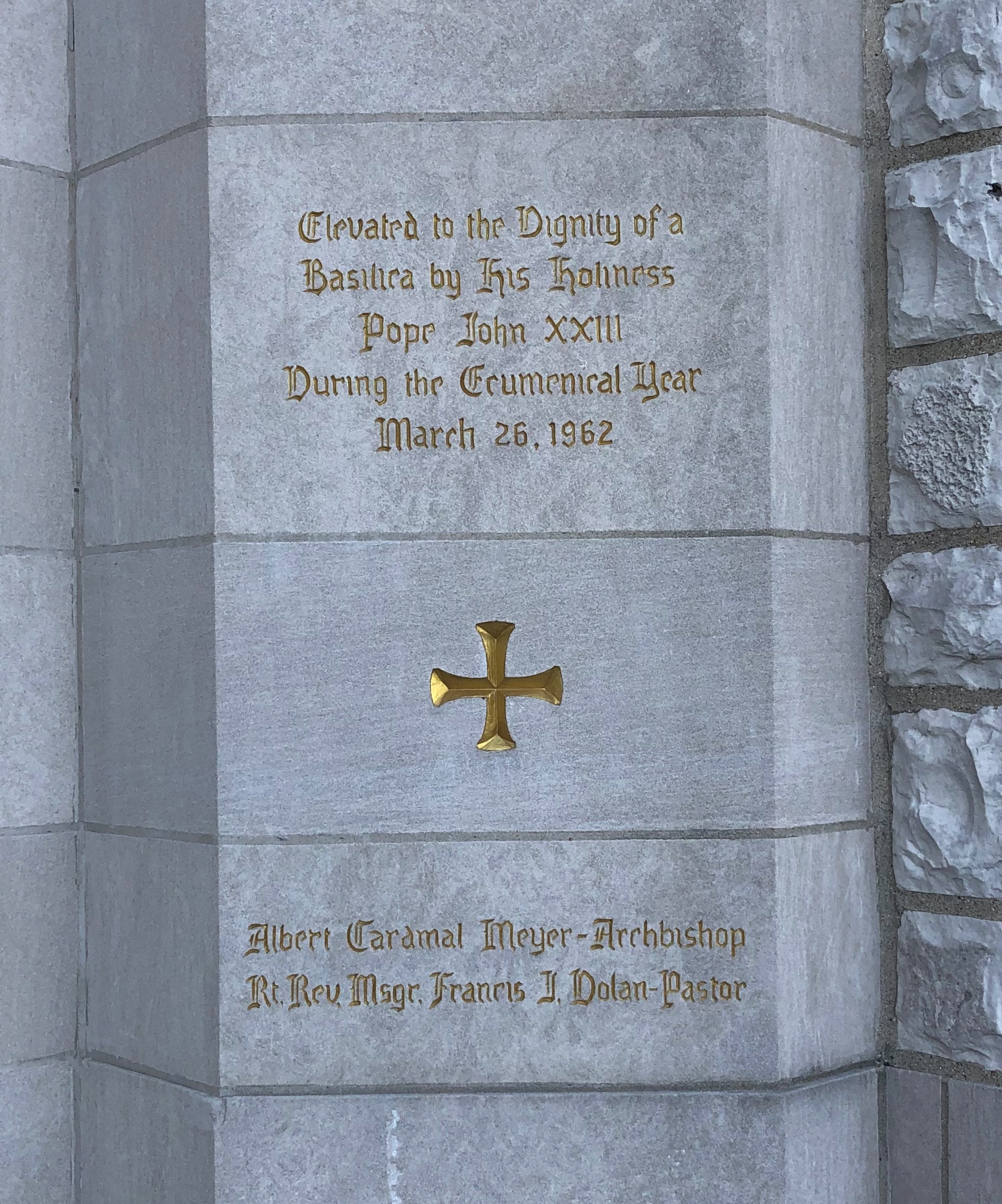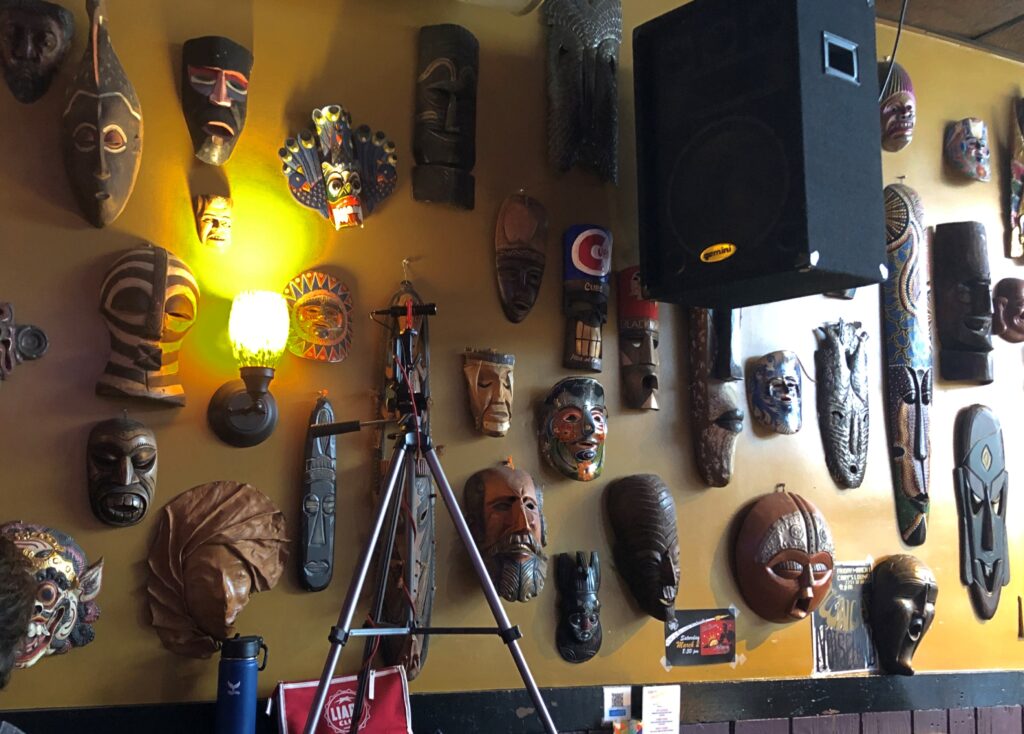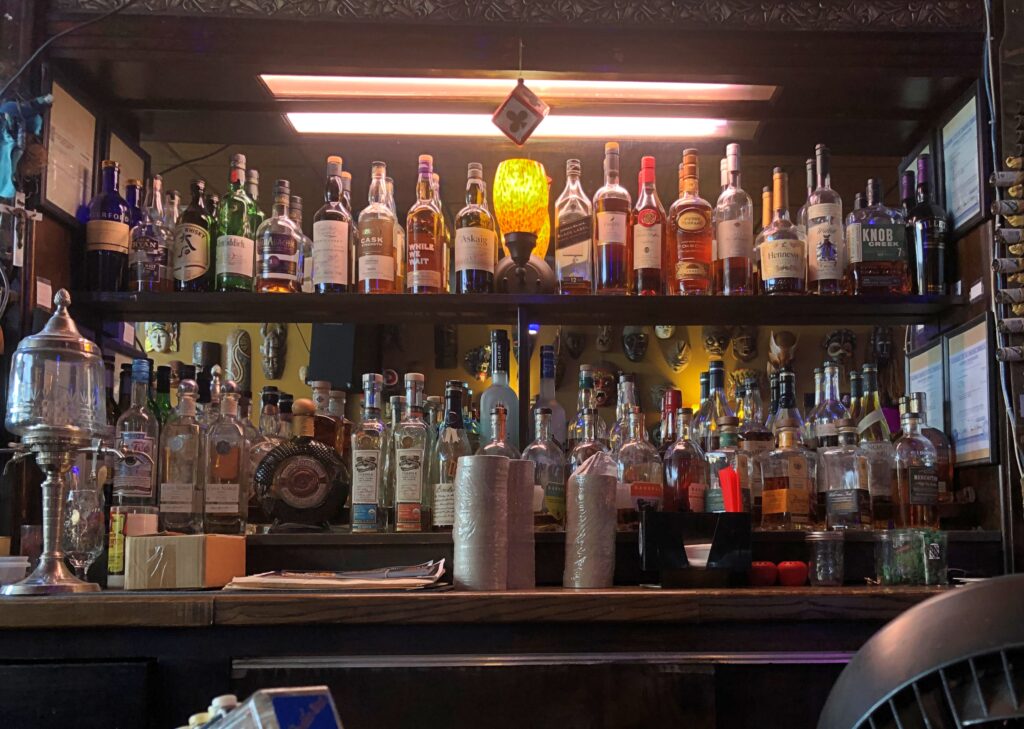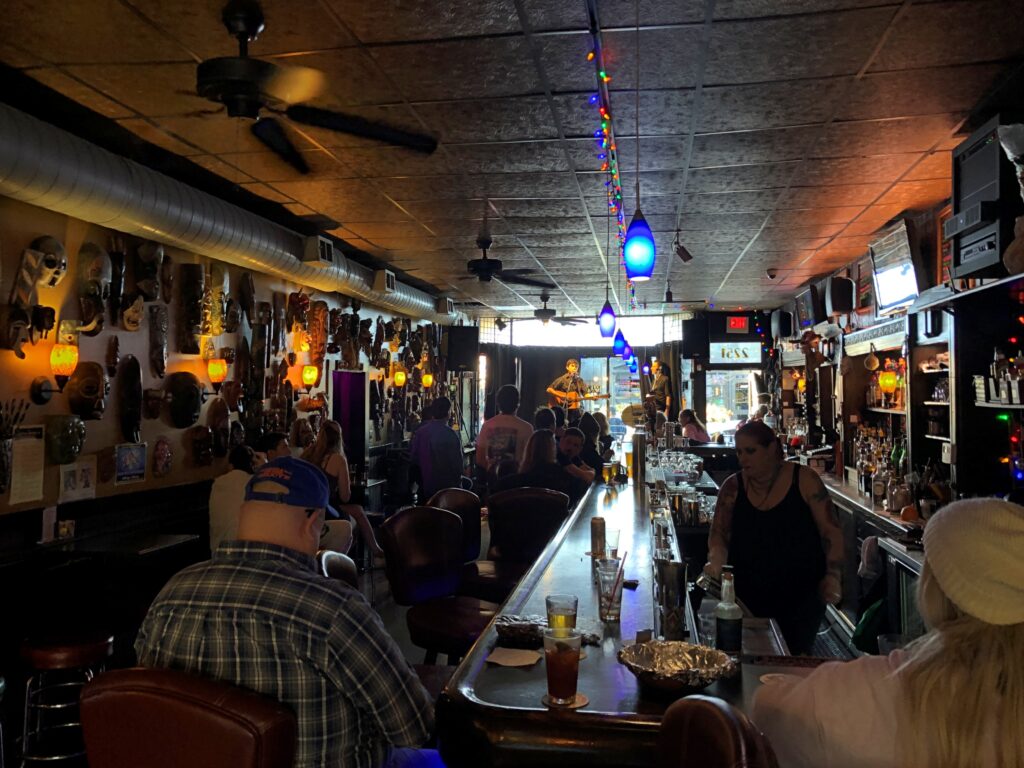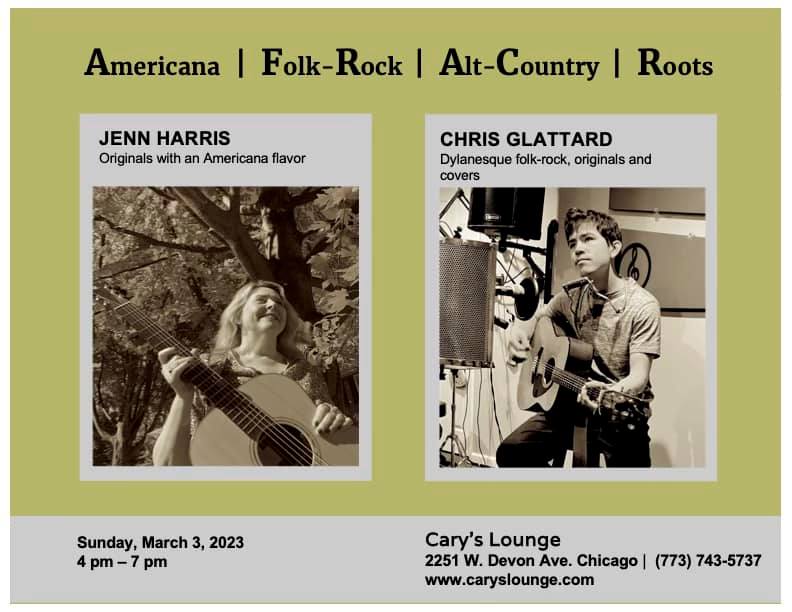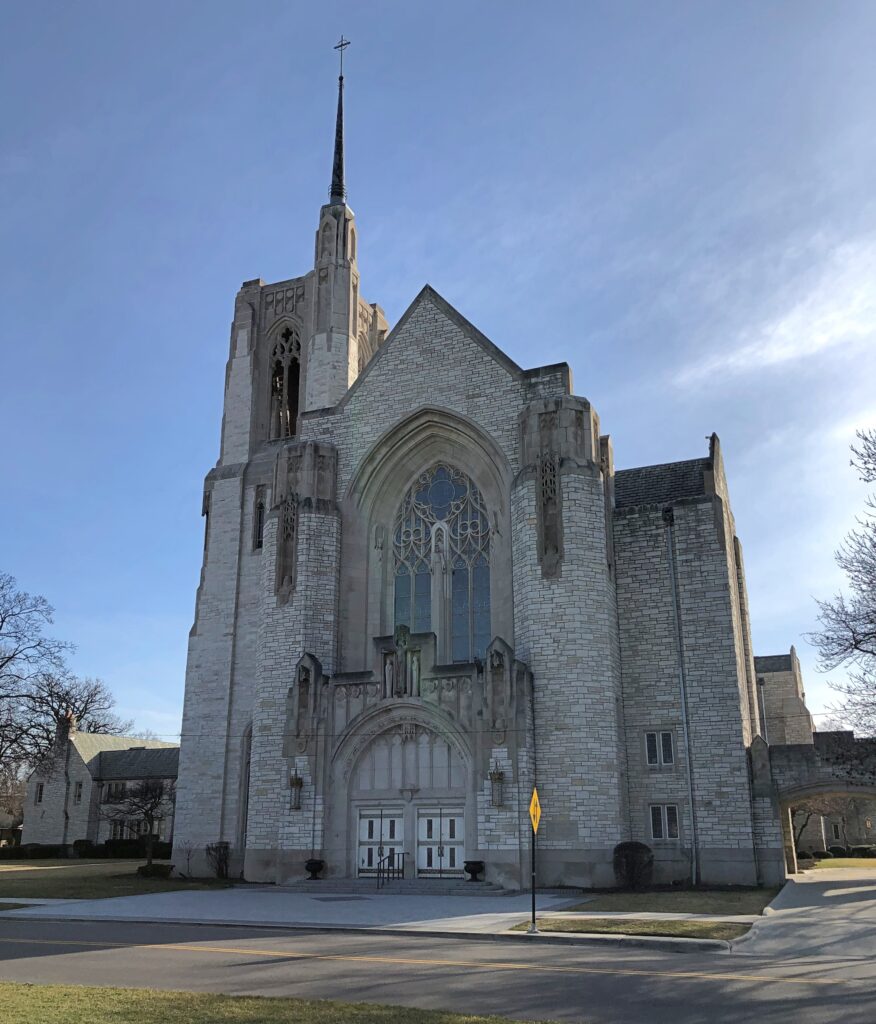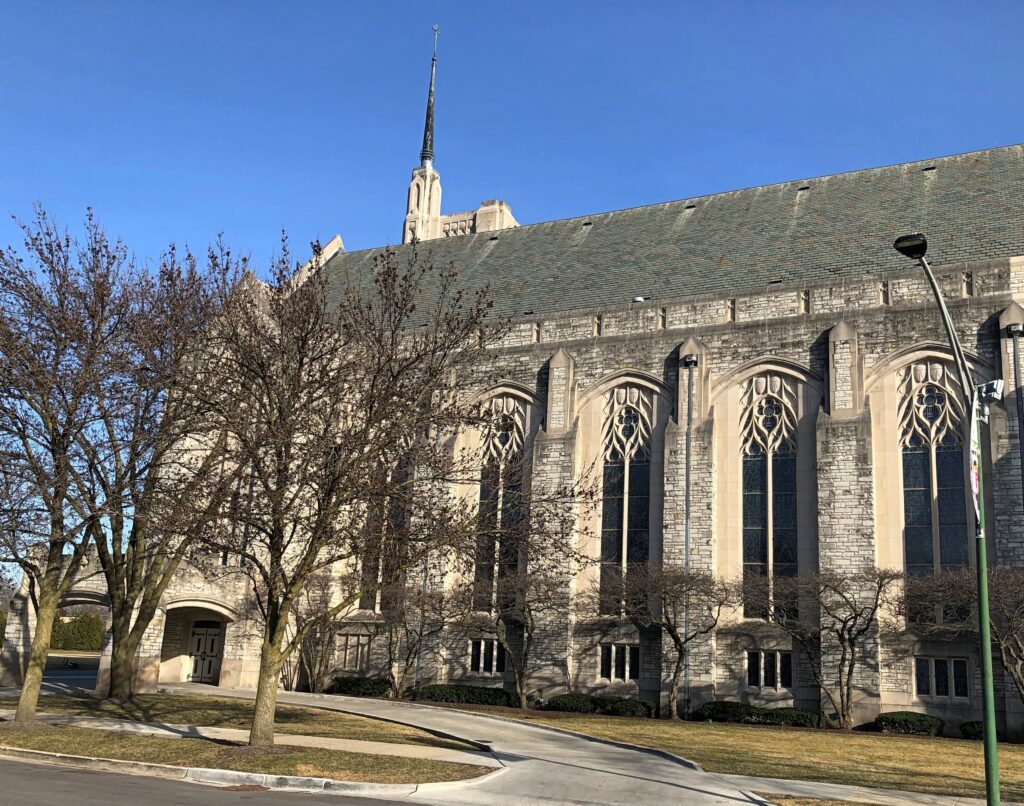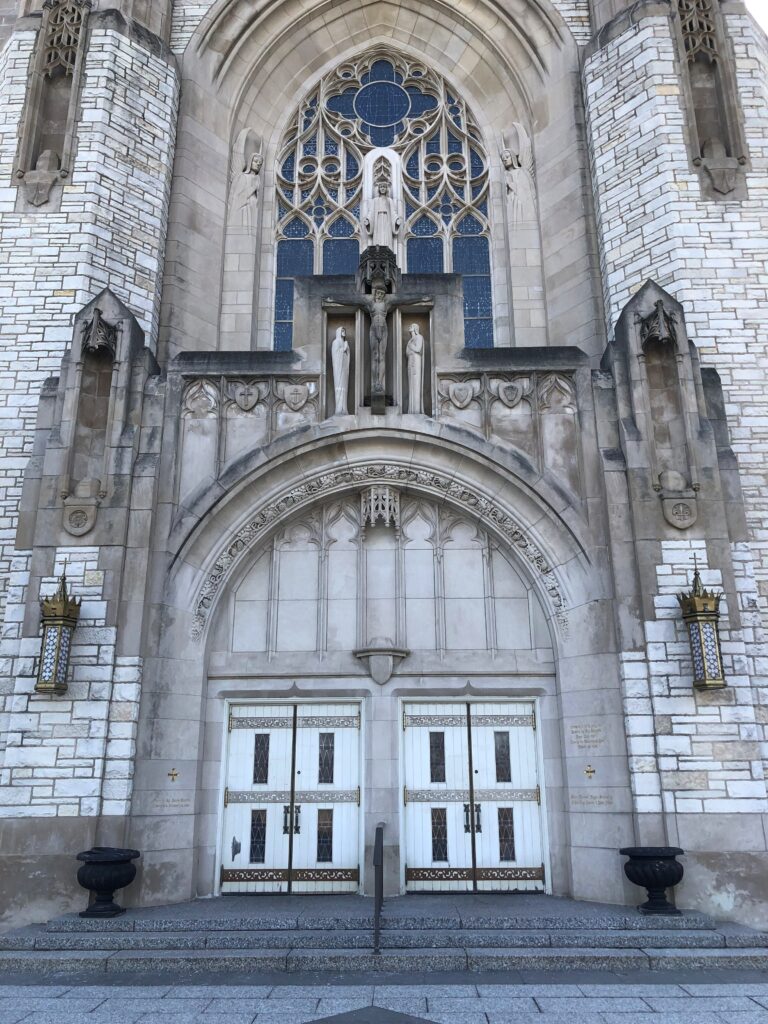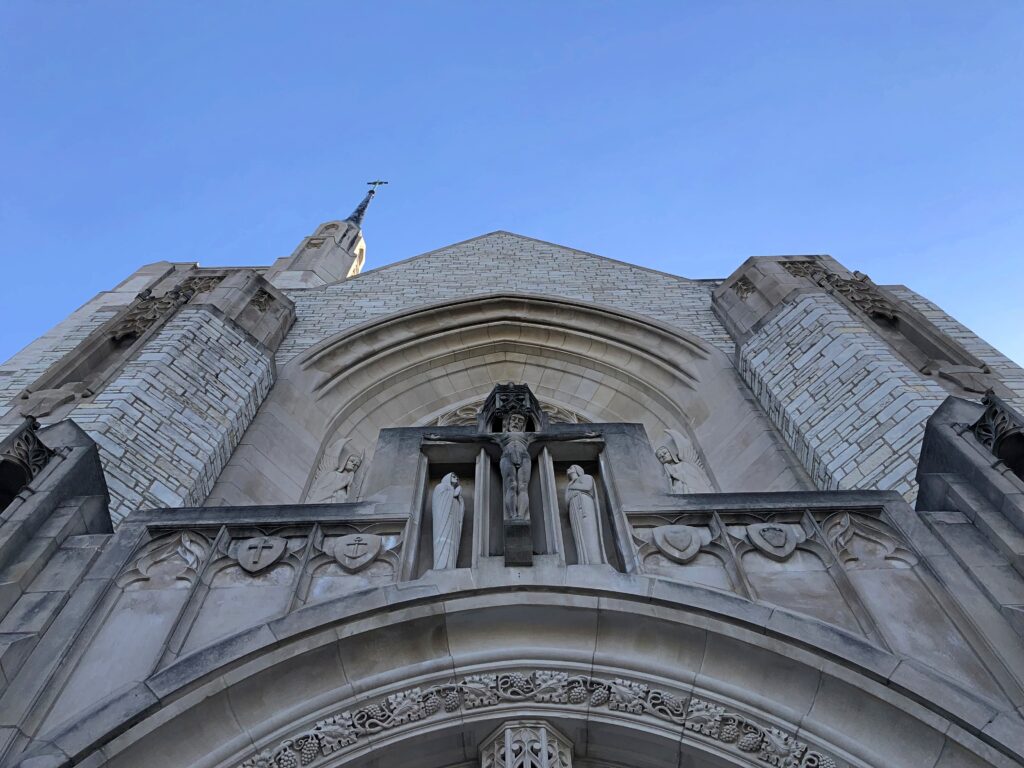I don’t know that much about Wintrust Financial, which is a bank holding company that specializes in community banks and has about $63 billion in assets. But I understand that when Wintrust acquires a community bank, which are by necessity locally oriented, the company does not slap the name Wintrust on it, thus sacrificing that local identity on the altar of branding – one of the idols worshiped by corporate America, but not apparently the bank.
I’m not suggesting that brands have no value. Clearly they do. But there are examples of consumer-facing companies gone national that have paved over long established and well-regarded local names.
The consolidation of the department store industry comes to mind. Somehow Macy’s persuaded itself that Chicagoans would respond to their name (which is a New York name) better than Marshall Field, as storied a local store as Chicago has ever had. There are a number of reasons the department store biz is a shadow of its former self, but that kind of thinking is surely one of them.
On the other hand, Wintrust has put its name on 231 S. LaSalle St., which is right at the T intersection with Jackson Blvd., across from the Federal Reserve Bank of Chicago.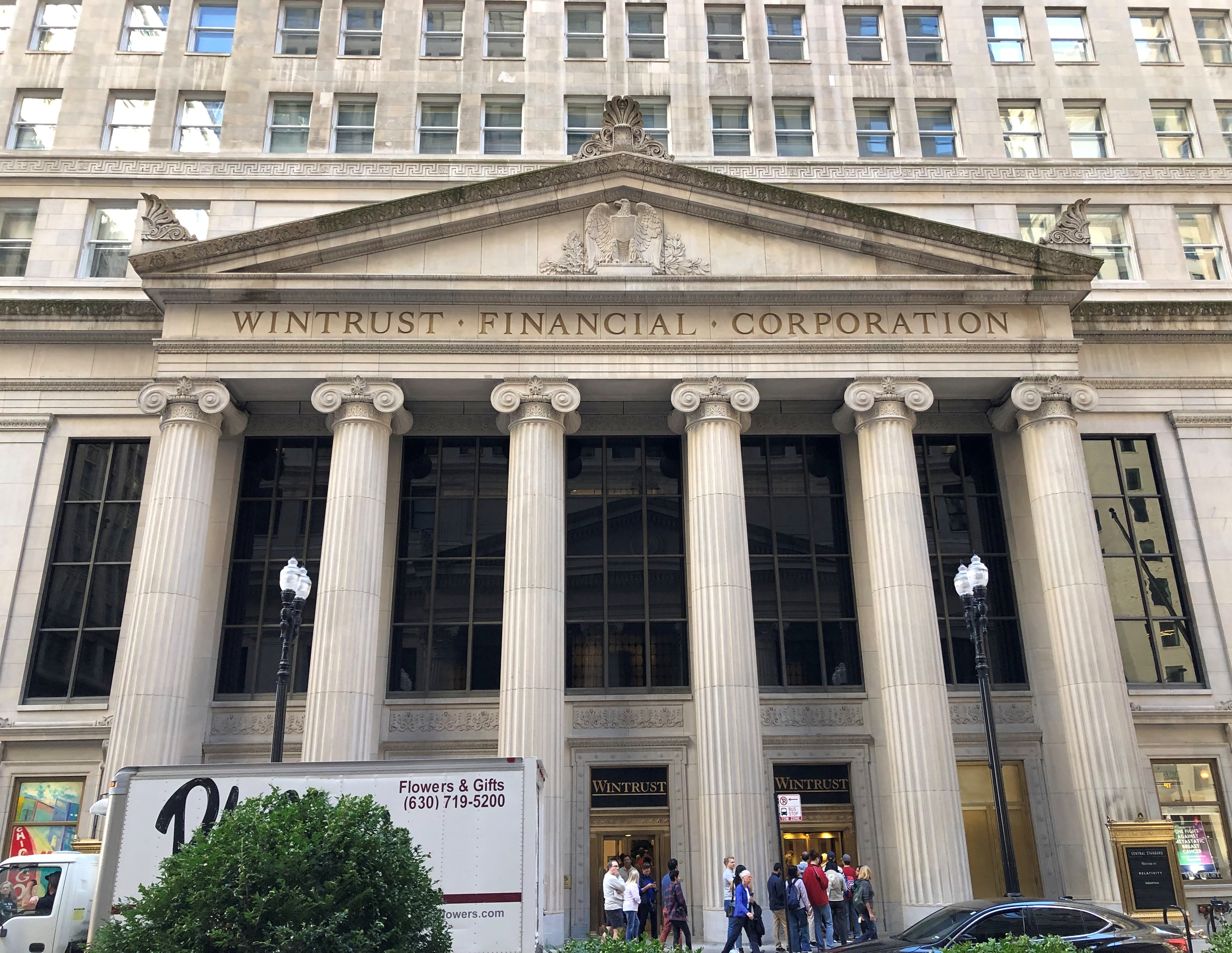
That’s a better use of a brand, I believe. The building was developed as the Illinois Merchants Bank Building exactly 100 years ago, with a grand design by Graham, Anderson & Probst, which is in the top ranks of name architects from the early 20th century. Since then, the building has been named for a succession of banks, making Wintrust merely the latest in an established pattern. Besides – who gives a fig about Illinois Merchants Bank or any of the others any more anyway?
Wintrust participated in Open House Chicago this year. The grandly named Grand Banking Hall was up a golden escalator.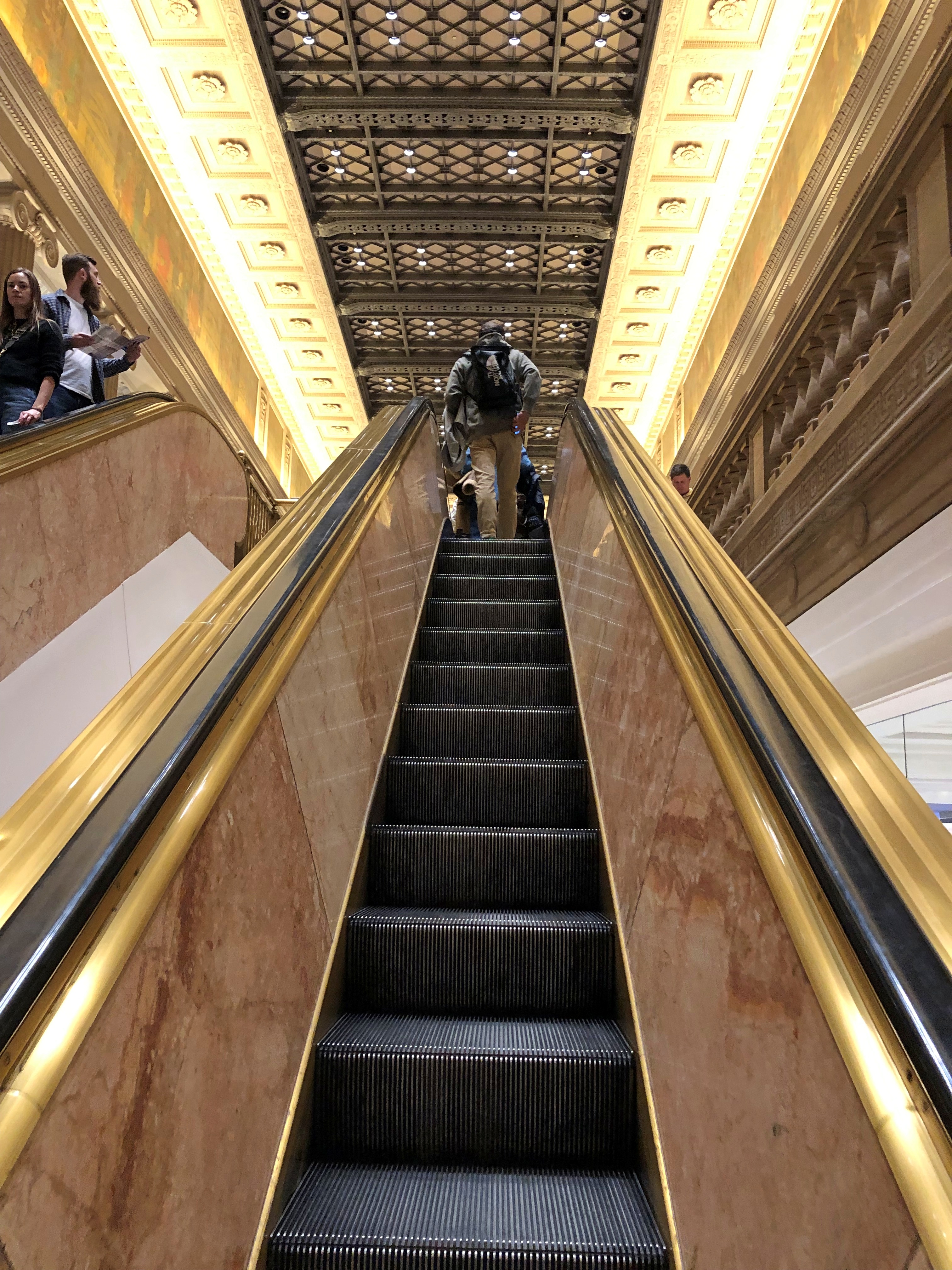
Add a statue of Jupiter Optimus Maximus and take away electricity and you’ve got a Roman temple. Not just any temple, but one of the (that word again) grandest at which the likes of Caesar might have made offerings.
Notes the AIA Guide to Chicago (2004): “[The space] prompted Louis H. Sullivan to suggest that bankers here wear togas and speak Latin” (p. 78). I didn’t know the great Chicago architect Sullivan had a sense of humor, but it seems he did. The bankers shouldn’t take acting Roman too far, however, otherwise they wouldn’t be able to use zeroes.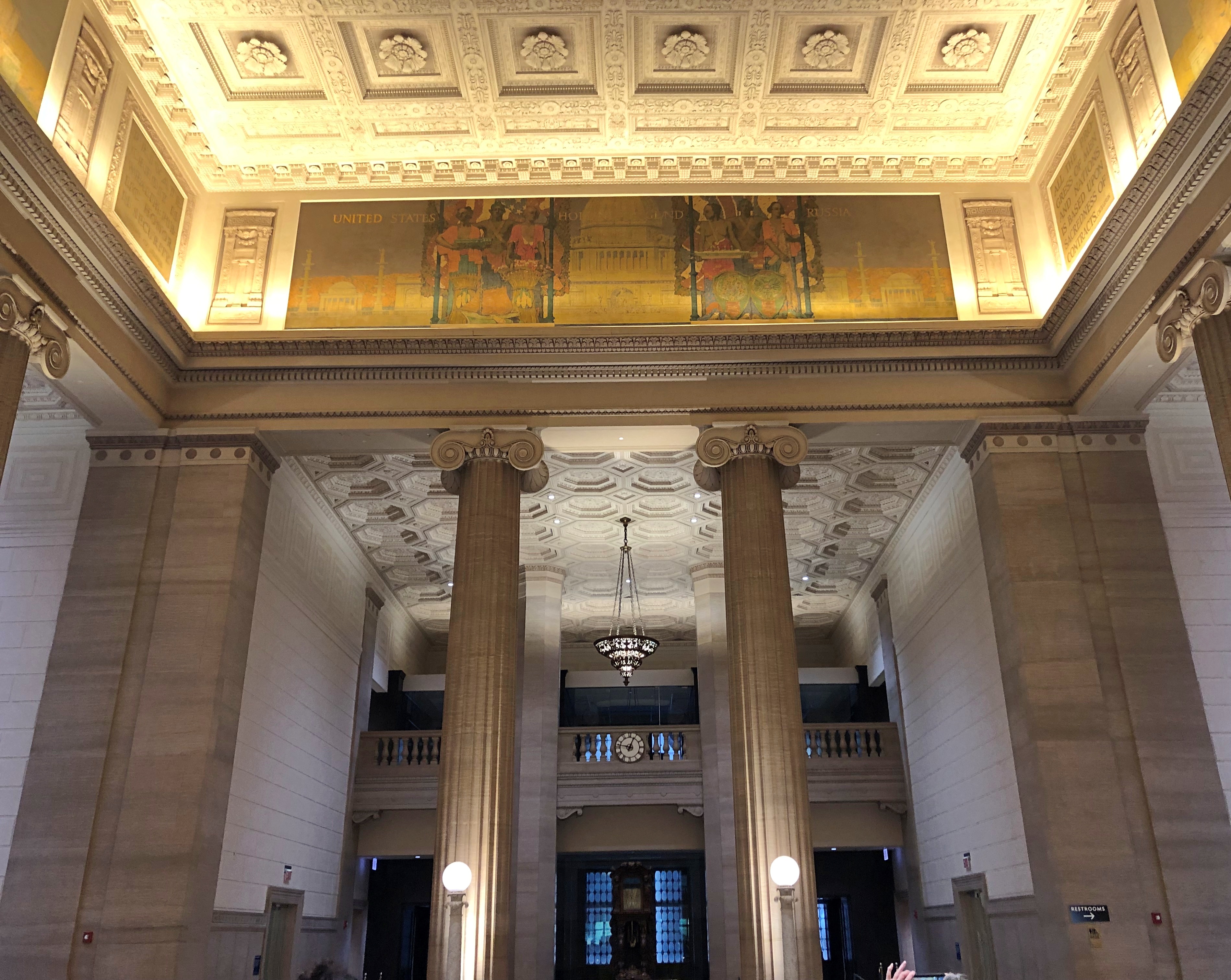
Wintrust moved in after the building was restored in the mid-2010s. The bank uses the space for retail purposes. That’s pretty cool for a bank. Beats leaving it vacant.
The bank also rents the space for events. But not (according to the bank web site) for:
- Weddings
- Casino nights
- Gambling
- Public events
- Political fundraisers
- Religious ceremonies
- Extremist group gatherings
- Restaurant expos
Below the Grand Hall is a whopping bank vault. Among Chicago Open House visitors, it was a hit.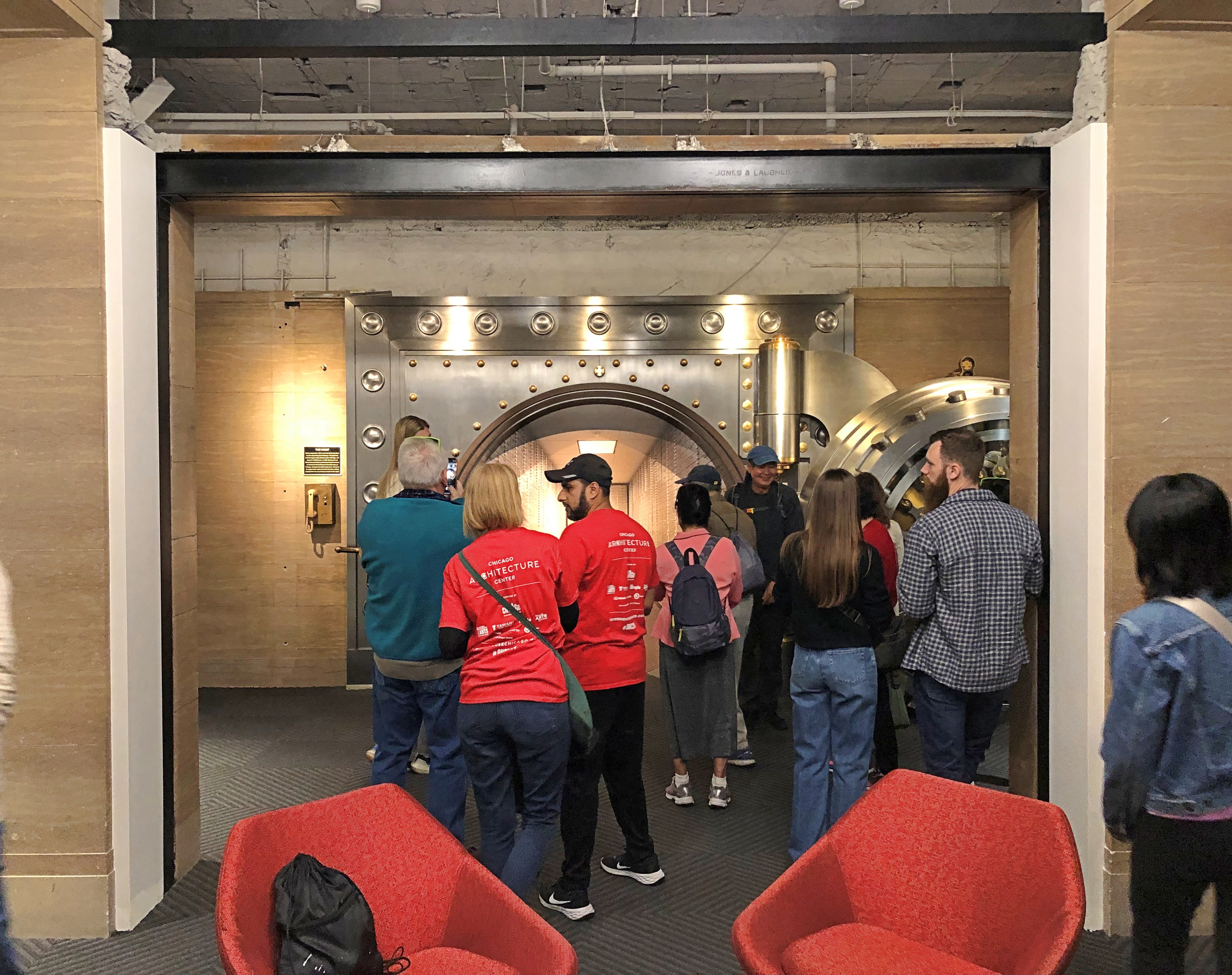
The main attraction is the door.

The vault itself, unlike the one under the Chicago Board of Trade, wasn’t open. Instead a bit of artwork covering the door depicted the rows of lock boxes inside. What’s going on in there? Time Tunnel experiments after hours at the bank?
A digression: A gritty reboot (is there any other kind?) of The Time Tunnel could be an exceptional show. What about it, Ronald D. Moore? You’re a little younger than me. That and Space: 1999 are waiting for you.
Time, the bank might agree, is money.




